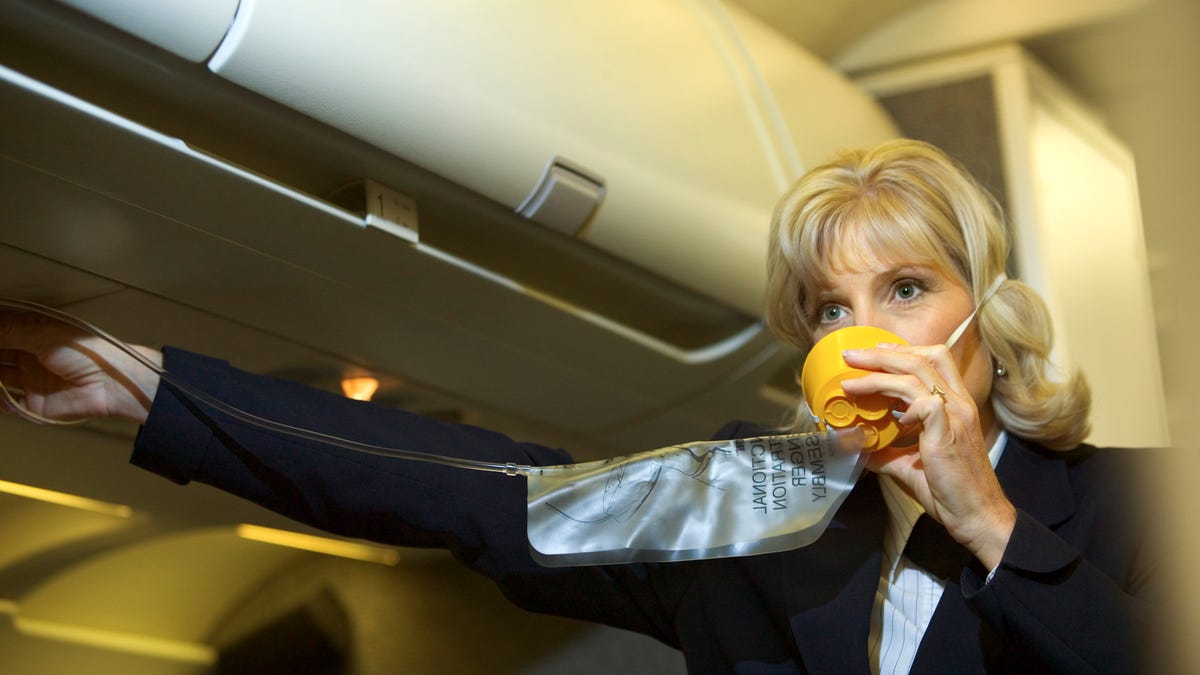Because people get bent with shorter pre-flight times. See https://scubaboard.com/community/resources/flying-after-diving-dan-workshop-report-2002.19/Why is a 12, 18, or even 24 hour wait time recommended given these factors?
and
Info - The DSAT Recreational Dive Planner (RDP), 1994
Document Name: Development and validation of no-stop decompression procedures for recreational diving: The DSAT Recreational Dive Planner Authors: R.W. Hamilton, Raymond E. Rogers, Michael R. Powell, Richard D. Vann, with Richard Dunford, Merrill P. Spencer, Drew Richardson Attached is the...




